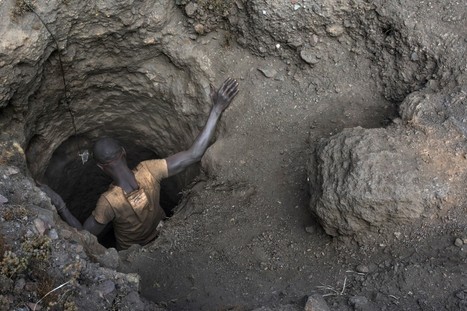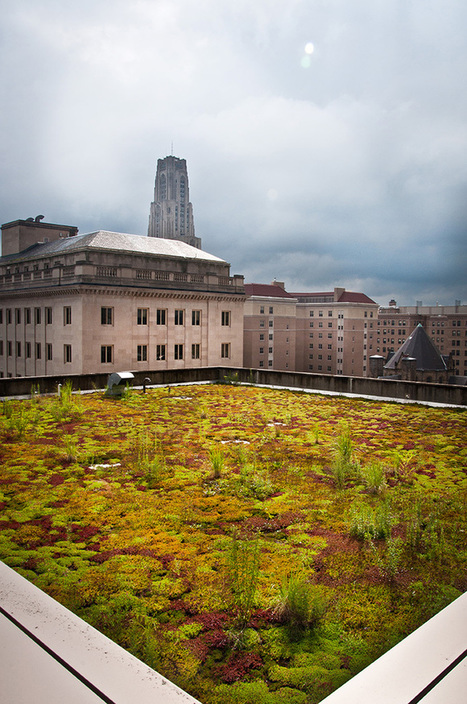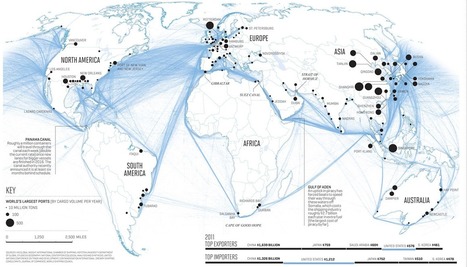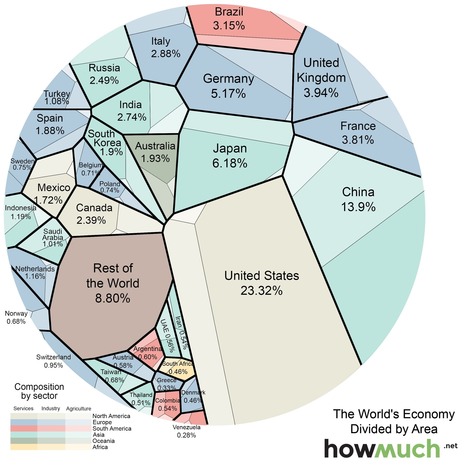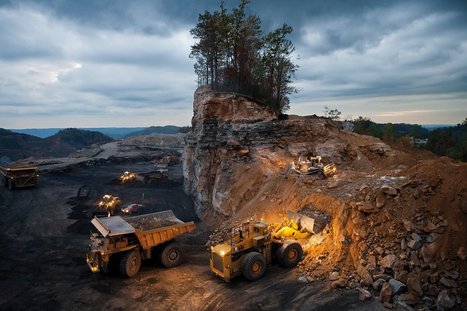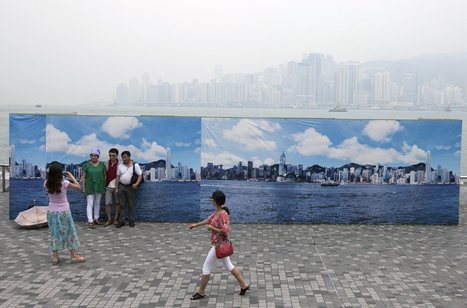The new 550 megawatt facility in California produces enough electricity to power 180,000 homes.
The modules are part of Topaz Solar Farm, one of the largest photovoltaic power plants in the world. At 9.5 square miles (25.6 square kilometers), the facility is about one-third the size of Manhattan island, or the equivalent of 4,600 football fields.
Construction at Topaz began in 2011. The plant was mostly complete by November 2014, when it was turned on and began to generate electricity.
Tags: energy, resources, unit 6 industry, California, images, remote sensing.



 Your new post is loading...
Your new post is loading...






